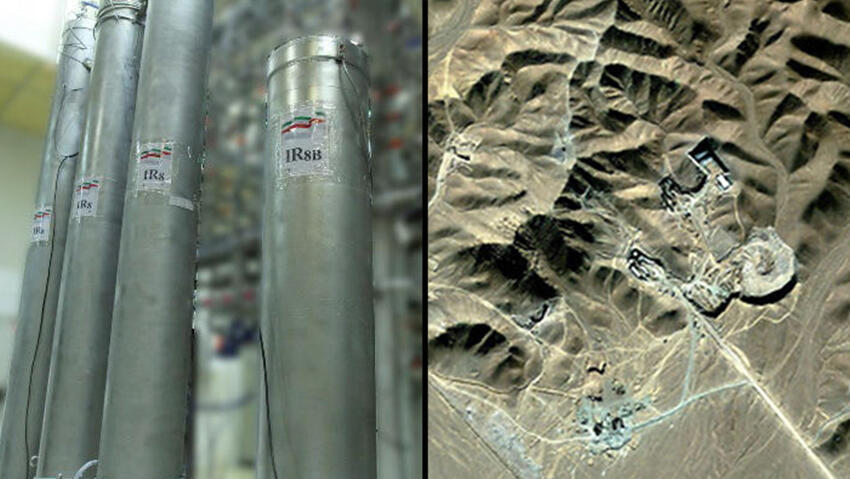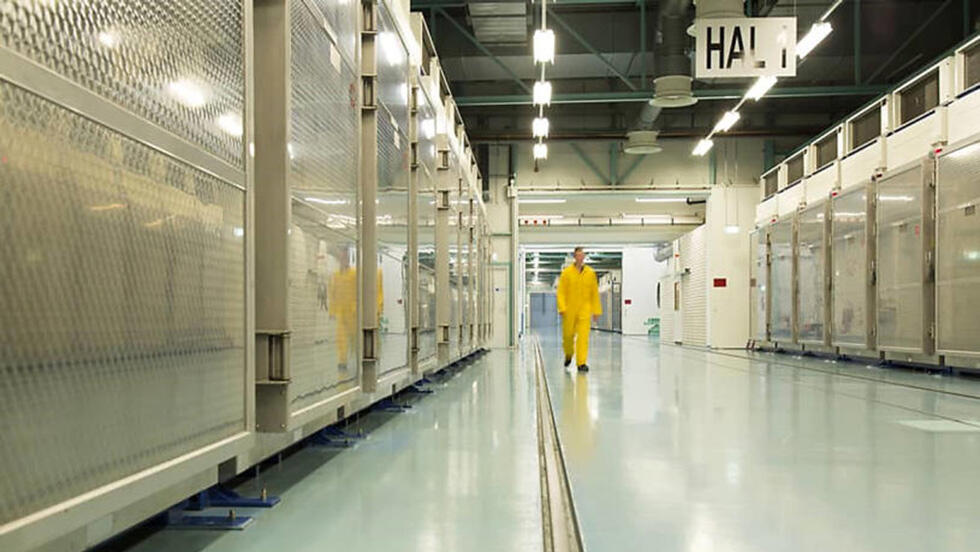Getting your Trinity Audio player ready...
Iran has embarked on a massive expansion operation at its Fordow uranium enrichment facility, the most fortified nuclear site in its arsenal, the Washington Post reported Wednesday evening. This development could potentially triple or even quadruple the production of enriched uranium at Fordow, providing Iran with new avenues to rapidly develop nuclear weapons, should it choose to do so. The report is based on confidential documents and analyses by nuclear weapons experts.
This revelation comes on the heels of the International Atomic Energy Agency (IAEA) confirming recent new construction activities at Fordow, just days after Tehran officially notified the agency of its intention to significantly upgrade this facility and expand production at its primary uranium enrichment site near Natanz.
A technical analysis of the newly obtained information, as conveyed to the Washington Post, suggests that the expansion at Fordow alone could enable Iran to accumulate enough nuclear fuel for several atomic bombs each month. Although Fordow is smaller than Iran's other two enrichment sites, it holds particular significance due to its underground location deep within a mountain, making it nearly impervious to aerial bombardment.
According to data held by the IAEA, Iran has so far amassed approximately 300 lbs. of highly enriched uranium. American intelligence officials indicate that this amount could be converted into nuclear weapon fuel within days or weeks. Additionally, it is estimated Iran possesses most of the technical knowledge required to assemble a basic nuclear weapon, although developing a nuclear warhead capable of being mounted on a missile might take another year or two.
The report emphasizes that, while Iran's enriched uranium stockpile has been steadily increasing since 2018, when U.S. President Donald Trump withdrew from the nuclear agreement, leading to its collapse, the full implementation of Iran's expansion plan for Fordow could significantly enhance its capacity to produce fissile material. This material can be used both for nuclear power plants and, with further processing, for nuclear weapons.
European diplomats revealed that, in private communications to the IAEA last week, the Iranian Atomic Energy Organization disclosed that Tehran is installing close to 1,400 centrifuges at Fordow, a process it intends to complete within four weeks. If successful, this move would effectively double the number of active centrifuges at Fordow in less than a month, while simultaneously increasing the number at Natanz.
"According to diplomats with access to classified IAEA documents, Iran's expansion plan includes the installation of equipment far more advanced than the centrifuges currently producing most of Iran's enriched uranium," the Washington Post reported.
Documents indicate that only the advanced IR-6 model centrifuges will be installed at Fordow, a significant upgrade from the IR-1 centrifuges currently in use. Nuclear weapons expert David Albright notes that 1,400 such advanced devices would increase Fordow's output capacity by 360%. Once fully operational, these advanced centrifuges could produce about 320 lbs. of uranium per month at a level sufficient for nuclear weapon production. Conservatively estimated, this amount is enough for five nuclear bombs, and within two months, the quantity could reach 500 lbs. "Iran will quickly achieve a nuclear breakout capability at a deeply buried facility, a capability it has never had before," Albright explained.
IAEA inspectors who visited Fordow on Thursday observed technicians beginning to install the IR-6 centrifuges, lending credibility to the expansion plan. According to Albright's calculations, the IR-2M centrifuges to be installed as part of the expansion at Natanz could increase the output capacity there by 35%.



